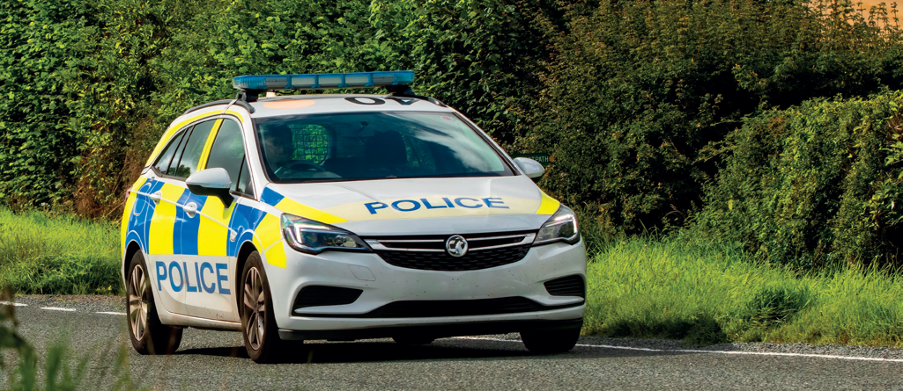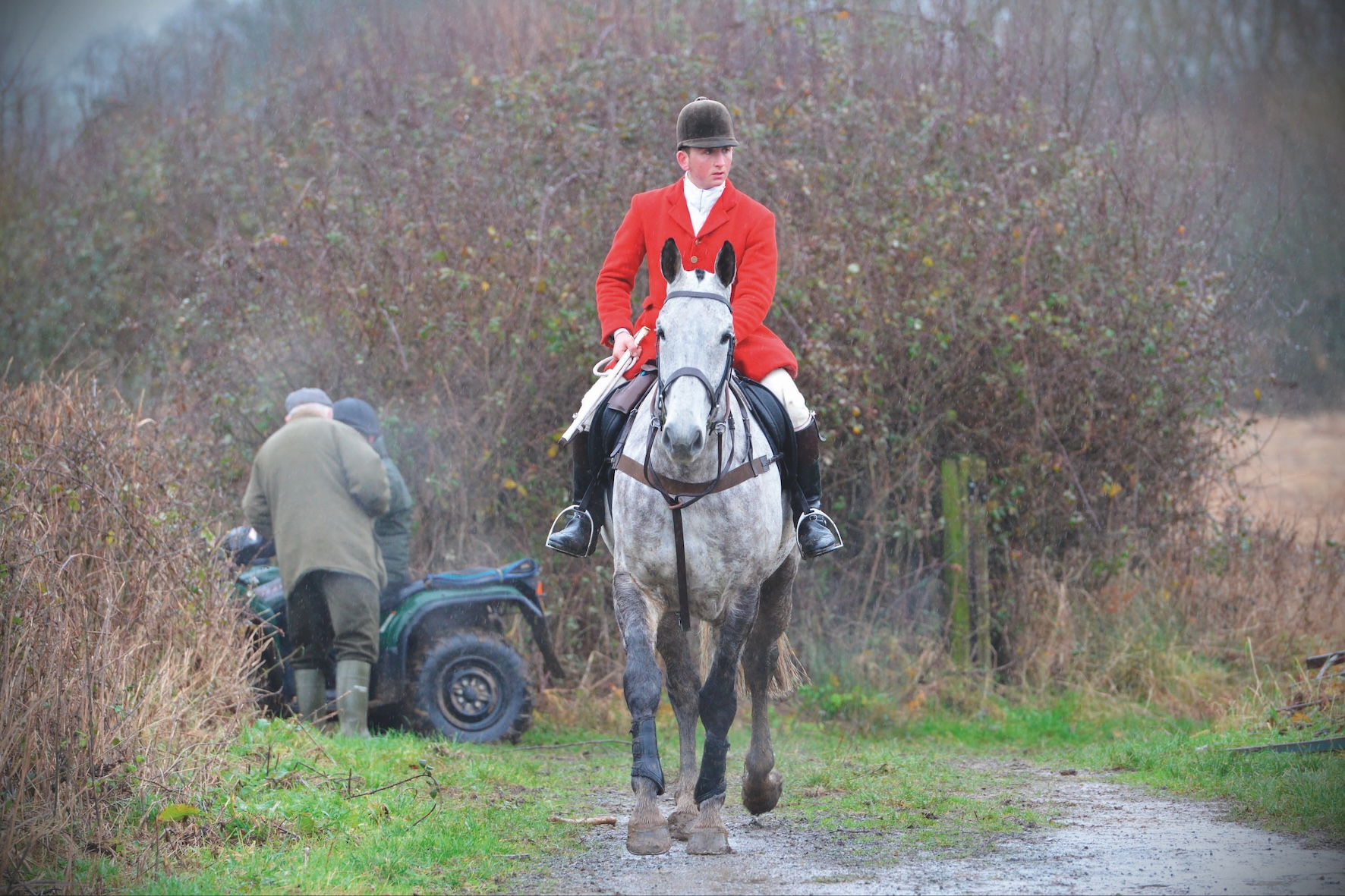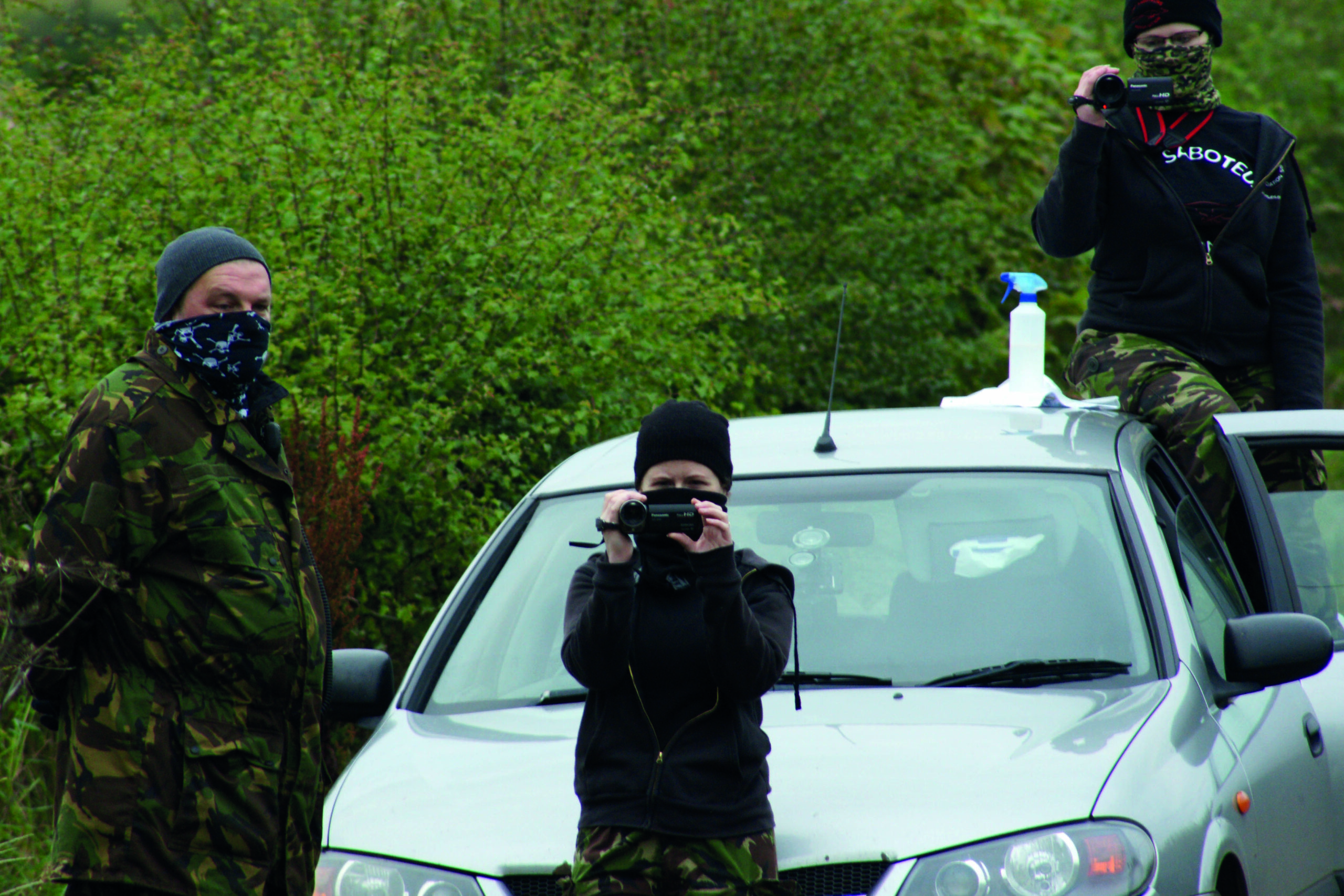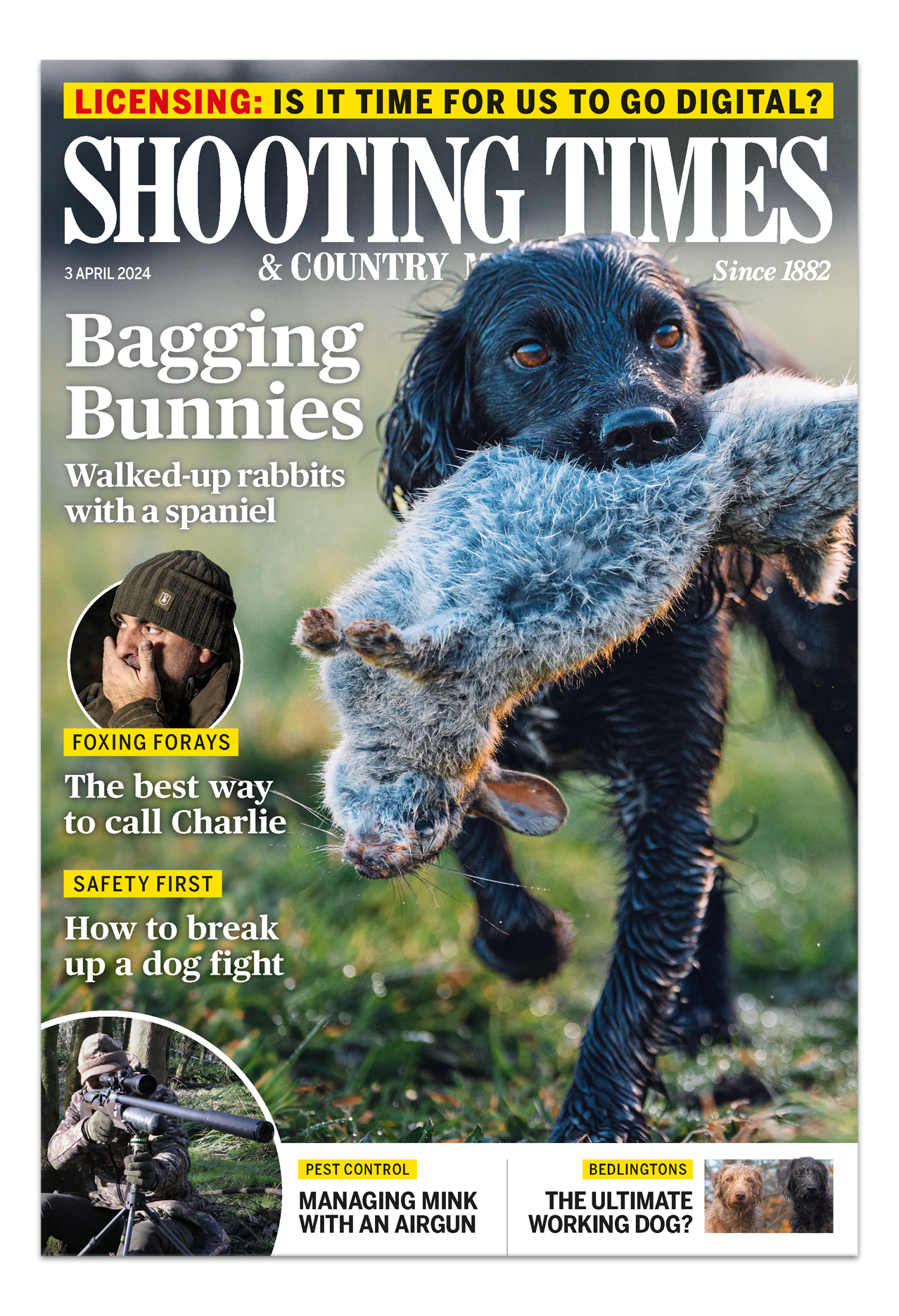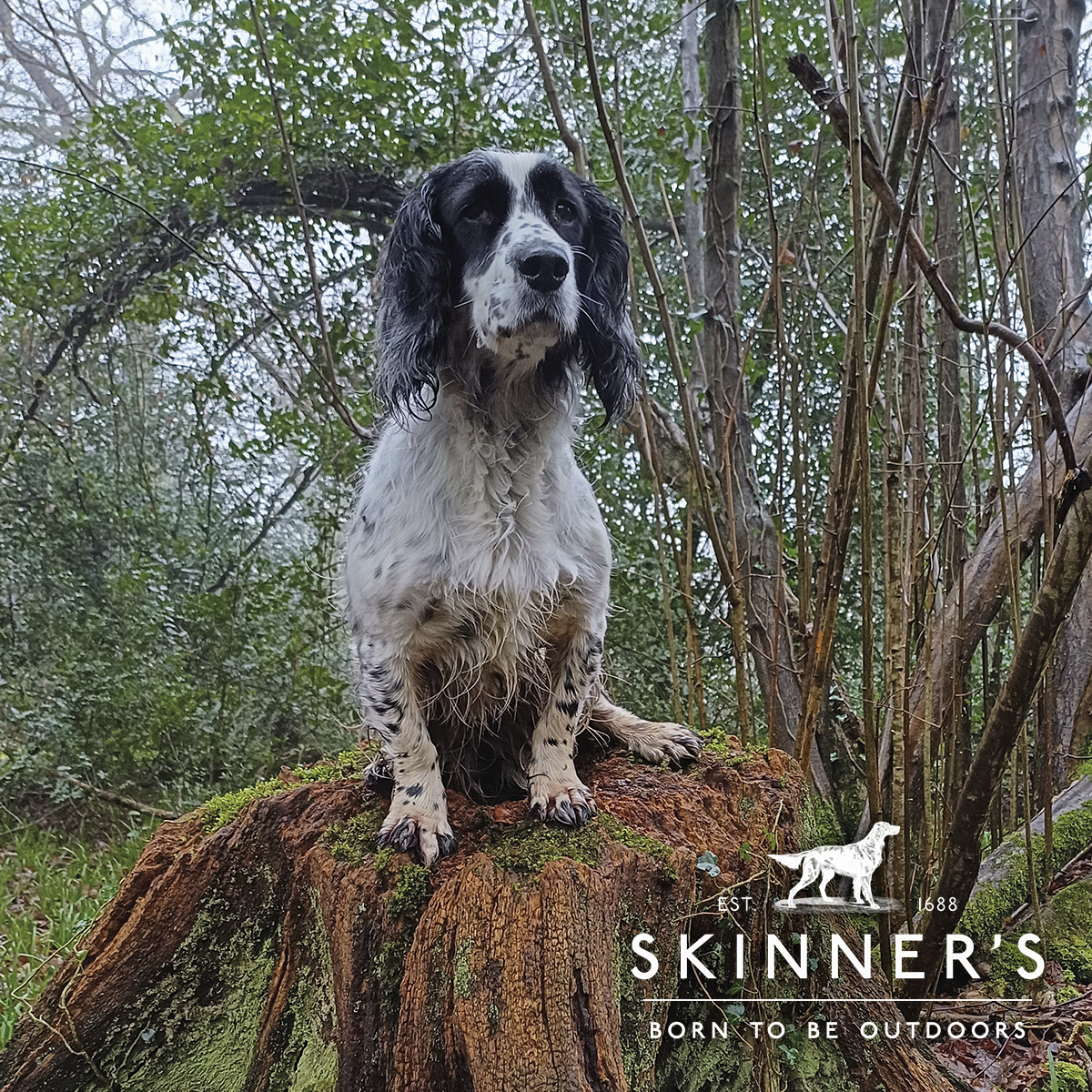Oh to be quicker on the reload
More grace, less speed. It's the skill of the shot that stays in the memory says Blue Zulu
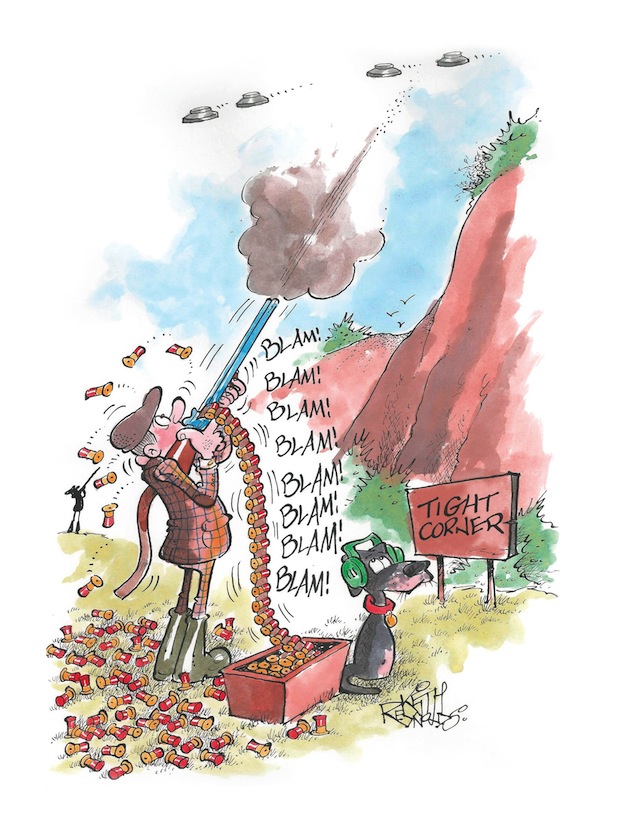
Twice I’ve been robbed of the blue riband of clay-busting. No, not the British Open Sporting. As if. We’re talking uber-competitive here: of reputations won and lost; of enormous sums wagered; of tight A**e Corner. okay, its real name is Tight Corner but, given that it costs a smallish fortune to enter, it soon acquired its ironic middle addition.
The concept is simple. Having deposited your body weight in folding money, you stand at the bottom of a hill and a sequence of 20 clays appears over your head somewhere at cumulus height. You are allowed full use of gun but the sequence is timed with such exquisitely Fu Manchu cunning that a clay appears every two seconds.
Fire both barrels and you’re almost certainly toast, butter-side down on a dog-haired floor. Unless, of course, you can reload with the speed of a greased ferret plummeting down a Vaselined drainpipe.
Sharpen your awareness of reloading
The idea is to replicate the “hot spots” of a January pheasant day. You find yourself at one end of the line, probably near the woods, and every damn bird in the drive decides to come over you in short order. You try to get off the “ack-ack” while the rest of the line, being entirely unoccupied, give you marks out of 10. The keeper, with an eye on his tip, hopes you don’t make a complete Horlicks of the opportunity.
The rules for Tight Arse Corner are strictly no “professional” Shots and no assistance from stuffers. So naturally I’ve been beaten to the prizes by both a shooting coach and a bloke whose brother was shovelling in the rounds with Gatling efficiency. But then, it’s the taking part that matters, isn’t it?
Yet the competition does sharpen your awareness of reloading. I have been told 392 times, or thereabouts, to break the gun open with my right hand and pop in the squibs with the left — but I still break with my right hand, hold it with my left and reload with my right.
Increase confidence in your shooting
Everyone misses easy birds. From the humble amateur to the duke of wherever, nobody is perfect. Leg-pulling about missed sitters…
Which instructor will improve your game shooting technique?
Edward Watson: Nobody, no matter how good their game shooting technique, should ever forget that practice is the best way…
Both shed cartridges with Dita Von Teese ease
I do, however, use two kinds of cartridge belt: the “breakaway” type that holds the shells with plastic clips, and another with half-loops and a leather lip that seats the cartridges with the top half exposed. Both shed cartridges with Dita Von Teese ease and, thanks to a trail of dropped squibs, you don’t need to be Hawkeye to track me on a shoot. However, they do allow you to load faster than from a pocket or conventional belt.
Other friends favour clever devices, such as the MonkeyLoader made by Hugh Oliver-Bellasis, who’s perfected an idea that’s been around for 75 years. The cartridges are kept in a canvas loop worn over the shoulder and squirt out squibs, singly or in pairs, the right way up from the metal business end. Hugh O-B maintains that it allows you to load quickly and keep your eyes on the next bird.
Another old idea, still popular after a century, is the Gannochy Loader, which resembles a tray of 50 to 100 cartridges hung vertically from a belt. Fine Shooting Accessories sells a version and points out, rightly, that while it can be used by an owner-operator, it’s much more comfortable worn by someone else — as in a loader.
Then there’s the Sinclair’s loadmaster, which has lasted rather longer than the Sinclair C5 one-man vehicle. Resembling a vertical conveyor belt, with a natty leather casing, it holds 40 cartridges and again promises rapid reloading. Which of these devices would work best in tight A**e Corner has yet to be put to the test.
However, I can see that all of them would be useful when single-gunning for grouse, flighting on teal ponds or dealing with a steady stream of over-educated November partridges slipping wide over Number 8 peg the moment beaters enter cover. But shooting can be like food: sometimes slow is better than fast.
Acting as nannies
I’ve seen countless guns in action with loaders and the experienced can certainly benefit. Yet many loaders are really acting as nannies, making sure their inexperienced charges don’t do anything silly, with various degrees of success. I still wince at the memory of a new gun laying down fire on a “pigeon”, which he missed, thankfully, only to have another pop with the second barrel while his loader looked silently on.
In such circumstances, the loaders could be helping their guns connect with the birds, and with true novices this is often the case. But when the gun has some experience, the loaders consider their primary role is to keep shovelling in the cartridges as quickly as possible. and who can blame them — so long as the game is firing scores of squibs rather than making a bag?
That point was brought home to me many years ago. Imagine the time it takes to pull out a packet of cigarettes, extract one, spark it up and smoke it slowly. Shall we say four minutes? I watched a top Shot do that as pheasants poured over him, high, curling and difficult. He’d missed four on the trot, so he just stopped, handed his gun to his loader, and puffed on his gasper. Then, throwing down the fag end, he picked up his gun and shot the next 23 without a miss.
It was a lesson in how “slow”, careful shooting will always be more effective than frantic blazing. What’s more, I can remember most of the birds that old boy shot because he’d come to the conclusion many years ago that when it comes to reared game, it’s not the number you shoot but the birds you select that make the day.
So yes. let’s do our best to reload quickly when it comes to grouse, wild duck, “leaking” low-ground birds and tight A**e Corner’s notorious clays. But there comes a point in everyone’s shooting career when volley fire and a lot of dead pheasants around the peg doesn’t compare with the beauty of taking the better birds well. And if there’s not time to address them all, who really cares?



